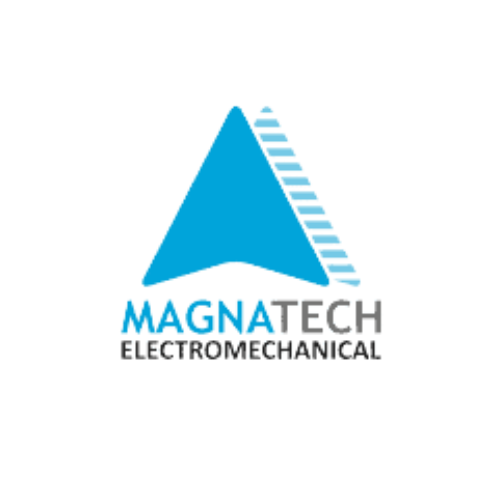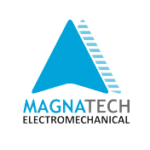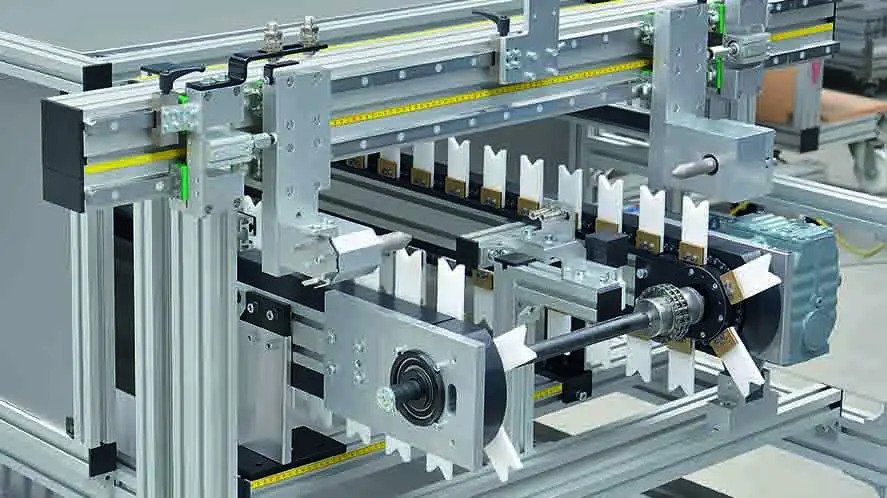Chain Conveyor Parts in 2023
Chain conveyors are essential components of various industries, allowing for efficient material handling and transportation. In 2023, the demand for chain conveyor parts continues to rise as industries strive for improved productivity and streamlined processes. This article explores the different types of chain conveyor parts, key considerations when choosing them, common problems and solutions, maintenance tips, and the future of these vital components.
Introduction
Chain conveyors are mechanical systems used to transport heavy or bulk materials from one point to another within a production facility or industrial setting. They consist of a series of interconnected chains and various parts that work together to facilitate smooth and continuous movement. In 2023, these conveyor systems play a crucial role in industries such as manufacturing, mining, agriculture, and logistics, among others.
The efficiency and reliability of a chain conveyor heavily depend on the quality and proper functioning of its individual parts. Understanding the different types of chain conveyor parts and their functions is essential for optimizing performance and minimizing downtime.
Types of Chain Conveyor Parts
A chain conveyor consists of several key components that ensure the smooth flow of materials. Here are some of the most common chain conveyor parts:
Chains
Chains are the backbone of a chain conveyor system and come in various designs to suit different applications. The three primary types of chains used in chain conveyors are:
- Roller chains: These chains consist of interconnected rollers that engage with sprockets to drive the conveyor. They are commonly used for heavy-duty applications and can withstand high loads.
- Drag chains: Drag chains feature a series of connected plates that drag along the conveyor surface. They are ideal for conveying bulk materials and are resistant to abrasion.
- Slat chains: Slat chains utilize slats or plates that interlock to form a continuous surface. They are suitable for handling large and irregularly shaped objects.
Sprockets
Sprockets are toothed wheels that engage with the chain to transmit power and facilitate movement. They are available in different sizes and configurations, depending on the conveyor system’s requirements.
Chain Guides
Chain guides are essential for maintaining the alignment of the chain within the conveyor system. They help prevent chain derailment and ensure smooth operation.
Chain Tensioners
Chain tensioners ensure the proper tension of the chain by compensating for any slack that may occur over time. They play a vital role in preventing chain slippage and enhancing system performance.
Chain Attachments
Chain attachments are additional components attached to the chain links to facilitate specific material handling requirements. They can include hooks, buckets, or other devices to hold or manipulate objects during transportation.
Key Considerations When Choosing Chain Conveyor Parts
When selecting chain conveyor parts, several factors need to be considered to ensure optimal performance and longevity. These considerations include:
Load Capacity
The chain conveyor parts should be capable of handling the intended load without excessive strain or premature wear. It is crucial to determine the weight and size of the materials being transported to select chains and other components with suitable load capacities.
Speed and Efficiency
The speed at which materials need to be conveyed and the overall efficiency of the system influence the choice of chain conveyor parts. High-speed operations may require chains and sprockets with specialized designs to minimize wear and prevent misalignment.
Material Compatibility
The type and characteristics of the materials being conveyed dictate the selection of chain conveyor parts. Factors such as abrasiveness, temperature, and chemical resistance must be considered to ensure compatibility and prevent premature failure.
Environmental Factors
The operating environment of the chain conveyor system affects the choice of parts. Factors like temperature variations, moisture, dust, and exposure to corrosive substances can impact the performance and lifespan of the components.
Maintenance and Durability
Choosing chain conveyor parts that are durable and require minimal maintenance can save both time and money in the long run. Parts that are easy to access and replace simplify maintenance tasks and reduce downtime.
Common Chain Conveyor Problems and Solutions
Despite their robust construction, chain conveyors can experience certain issues over time. Understanding common problems and their solutions is crucial for efficient operation. Some of the common problems include:
Chain Wear and Stretching
Over time, chains can experience wear and stretching due to friction and heavy loads. Regular inspections and proper lubrication can help identify and address this issue. In some cases, replacing worn-out chains or adjusting tension may be necessary.
Misalignment
Chain misalignment can occur due to improper installation, worn-out sprockets, or other factors. This problem can lead to chain derailment and increased wear. Periodic alignment checks and timely adjustments are essential for maintaining optimal performance.
Chain Breakage
Excessive loads or sudden shocks can cause chains to break. Regular inspections, adherence to load capacity limits, and choosing high-quality chains can help prevent chain breakage.
Lubrication Issues
Inadequate lubrication or using the wrong lubricant can cause increased friction and wear on chain conveyor parts. Proper lubrication practices, including selecting the appropriate lubricant and establishing a regular maintenance schedule, are crucial for preventing premature failure.
Noise and Vibration
Excessive noise and vibration can be indicators of underlying issues within the chain conveyor system. Identifying the source of noise or vibration and addressing it promptly can help prevent further damage and ensure smooth operation.
Maintenance and Troubleshooting Tips for Chain Conveyor Parts
To ensure optimal performance and extend the lifespan of chain conveyor parts, regular maintenance, and troubleshooting are essential. Here are some tips to consider:
Regular Inspections and Cleaning
Perform routine inspections to check for any signs of wear, misalignment, or other issues. Regular cleaning of the chain, sprockets, and other components helps remove debris and maintain smooth operation.
Proper Lubrication
Follow manufacturer recommendations for lubricating the chain conveyor parts. Proper lubrication reduces friction, wear, and noise, ensuring smooth operation and extended lifespan.
Tension Adjustment
Maintain proper chain tension by adjusting it periodically. Loose or tight chains can cause various problems, including misalignment and premature wear.
Alignment Checks
Regularly check the alignment of chains, sprockets, and other components. Misaligned parts can cause excessive wear, noise, and even system failure.
Replacement and Upgrades
When signs of wear or damage become apparent, replace worn-out parts promptly. Consider upgrading to higher-quality or more durable components to improve overall system performance and longevity.
The Future of Chain Conveyor Parts
As industries continue to evolve and embrace automation and digitalization, the future of chain conveyor parts holds exciting possibilities. Some key trends and advancements to look out for include:
Technological Advancements
Advancements in sensor technology, automation, and data analytics are revolutionizing chain conveyor systems. Integrated sensors can monitor various parameters such as chain tension, wear, and temperature, providing real-time data for predictive maintenance and optimizing system performance.
Automation and Industry 4.0 Integration
Chain conveyor systems are increasingly being integrated into automated production lines and Industry 4.0 initiatives. This integration allows for seamless communication between different components, optimizing material flow, and enabling intelligent decision-making for improved efficiency and productivity.
Improved Materials and Designs
Advancements in material science are leading to the development of new chain conveyor parts with enhanced durability, resistance to wear, and improved performance in challenging environments. Innovative designs and materials allow for higher load capacities, reduced maintenance requirements, and increased lifespan.
Conclusion
In 2023, chain conveyor parts play a critical role in industries that rely on efficient material handling and transportation. Understanding the different types of chain conveyor parts, key considerations when choosing them, and maintenance practices is vital for ensuring optimal performance and minimizing downtime. With the advancements in technology and the continuous improvement of materials and designs, the future of chain conveyor parts is poised to offer even greater efficiency, reliability, and integration within automated production environments.
FAQs
Q1: How often should I lubricate chain conveyor parts? A1: The frequency of lubrication depends on various factors such as operating conditions, load, and manufacturer recommendations. Regular lubrication is typically required, and establishing a maintenance schedule can help ensure proper lubrication intervals.
Q2: Can I use chain conveyor parts in harsh environments, such as extreme temperatures? A2: Yes, there are chain conveyor parts specifically designed to withstand harsh environments. It’s important to select parts made from materials that can handle the temperature range and other environmental factors present in your specific application.
Q3: What are some signs of chain wear and when should I replace them? A3: Signs of chain wear include elongation, excessive noise, increased vibration, and visible signs of damage or corrosion. It’s best to replace worn-out chains before they cause system disruptions or failures.
Q4: How can I prevent chain misalignment in my chain conveyor system? A4: Proper installation, routine inspections, and regular alignment checks can help prevent chain misalignment. Addressing any misalignment issues promptly and ensuring proper tensioning of the chains are key preventive measures.
Q5: Are there any advancements in chain conveyor technology that can improve system efficiency? A5: Yes, advancements in sensor technology and automation are improving chain conveyor efficiency. Integrated sensors and Industry 4.0 integration allow for real-time data monitoring and optimization, leading to improved overall system performance.
Email: sales@magnatechengg.com
Tel: +97143404243
Mobile: +971 50 633 8365



[…] Belt Width and Speed […]